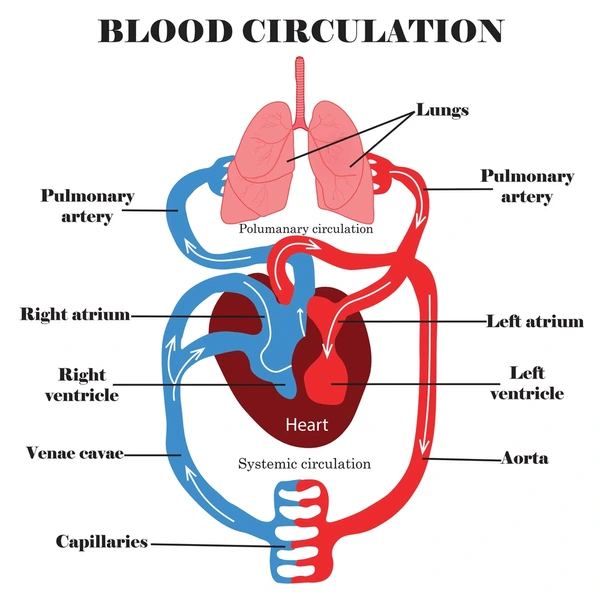—ENGLISH-ANATOMY UNIT 4. CVS (PART : 3) BLOOD CIRCULATION
Blood circulation:
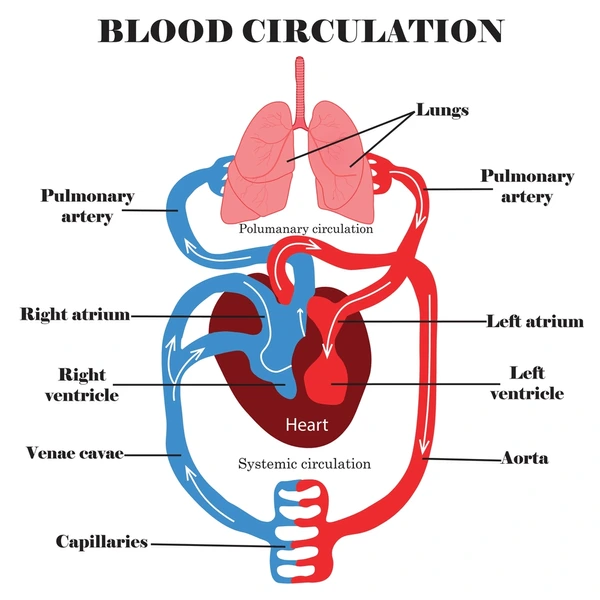
Blood circulates continuously in the blood vessels of the body. The blood circulating in the body is mainly divided into two parts.
1. Pulmonary circulation:
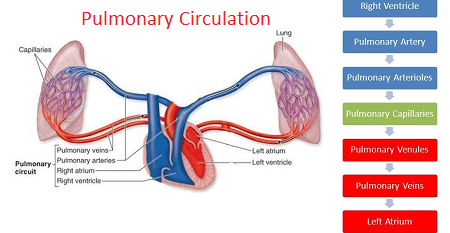
- Pulmonary circulation starts from the right ventricle and blood goes to the lungs and from there it returns to the left atrium Thus, the circulation from the right ventricle to the left atrium is called pulmonary circulation.
- In pulmonary circulation, the deoxygenated blood in the right ventricle leaves the right ventricle through the pulmonary artery. As it leaves, the pulmonary artery divides into the right and left pulmonary arteries, and both enter the lungs. In which two branches enter the left lung and three branches enter the pulmonary artery, which is according to each lobe of the lung.
- Gas exchange takes place between the blood and lung tissue in the lungs and oxygenated blood is taken from each lobe and two pulmonary veins from both the lungs enter the left atrium of the heart.
- Pulmonary circulation converts deoxygenated blood in the heart into oxygenated blood through the lungs. This blood goes to the left ventricle and supplies oxygenated blood to the entire body through the systemic circulation.
- The circulation from the right ventricle to the left atrium is called pulmonary circulation.
2.Systemic or general circulation:
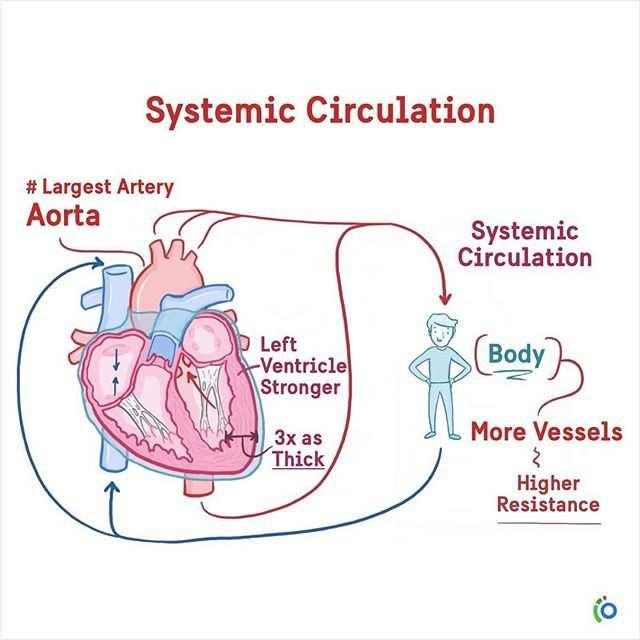
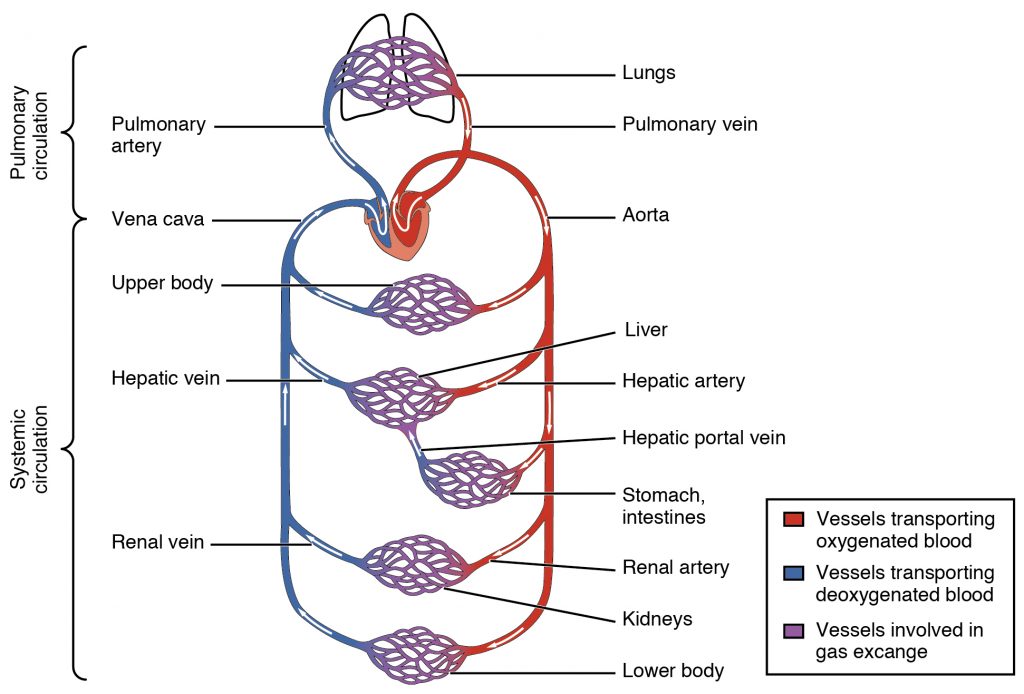
The systemic circulation begins in the left ventricle of the heart. The left ventricle of the heart contains oxygenated blood which circulates throughout the body through the aorta and every cell and tissue is supplied with oxygenated blood through the general circulation.
In the systemic circulation, the aorta exits the heart and is divided into different arteries according to the region and they supply oxygenated blood to different regions.
Aorta :

They are the main vessels of the systemic circulation. They are the largest of all the arteries in the body. It circulates oxygenated blood from the left ventricle throughout the body.
The aorta emerges from the left ventricle and is further known by different names depending on its location. Such as the ascending aorta, arch of the aorta, and descending aorta.
After reaching the thoracic and abdominal regions, the descending aorta divides into the right and left common iliac arteries and circulates blood to the lower limbs.
In the systemic circulation, the aorta divides into branches below the thoracic and abdominal regions, which supply oxygenated blood to those areas.

•Thoracic Aorta:
This part of the aorta is above the diaphragm and is described in three parts:
1.Ascending Aorta
•Coronary arteries
2.Arch of aorta
•Brachiocephalic artery
•Left common carotid artery
• Left Subclavian artery
3. Descending Aorta in the thorax.
•Brachial arteries
•Oesophageal arteries
•Intercostal arteries
Abdominal aorta:
•Inferior Phrenic
•Renal artery
•Testicular Arteries or Ovarian arteries
•Lumbar arteries
•Median sacral arteries
•Coeliac artery
– Left gastric artery
– Common hepatic artery
– Splenic artery
•Superior mesentric artery
•Inferior mesentric artery
All the above arteries together complete the systemic circulation and supply oxygenated blood to every organ of the body.
PORTAL CIRCULATION:
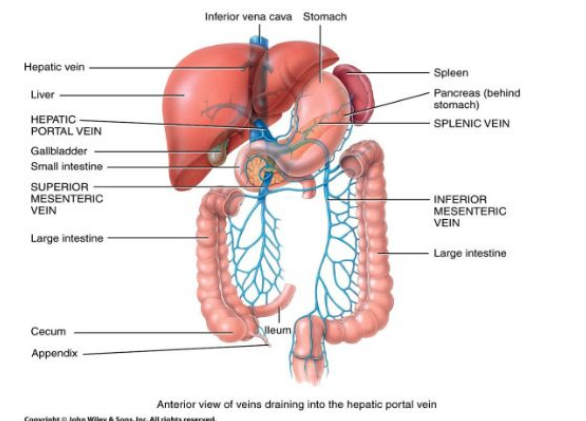
- Portal circulation is the blood circulation in the body that returns deoxygenated blood to the heart through the portal vein.
- In this, deoxygenated blood from the organs below the diaphragm of the body such as the small intestine, large intestine, pancreas, liver, gall bladder and stomach is drained through different veins such as the gastric vein, cystic vein, superior mesenteric vein, inferior mesenteric vein, etc. and mixed with the portal vein.
- The portal vein takes this blood and enters the liver with the hepatic artery. The capillary network of these two vessels spreads in the liver and finally, as it exits the liver, it converts into the hepatic vein and from there it mixes with the inferior vena cava and brings deoxygenated blood to the right atrium of the heart.
- The blood coming from the body’s intestines is highly nutritious. The absorption of nutrition takes place through the liver and the liver distributes this nutrition to every part of the body.
- Since blood drains mainly through the portal vein in this circulation, this circulation is called portal circulation.
CIRCLE OF WILLS (Circle of Wills):
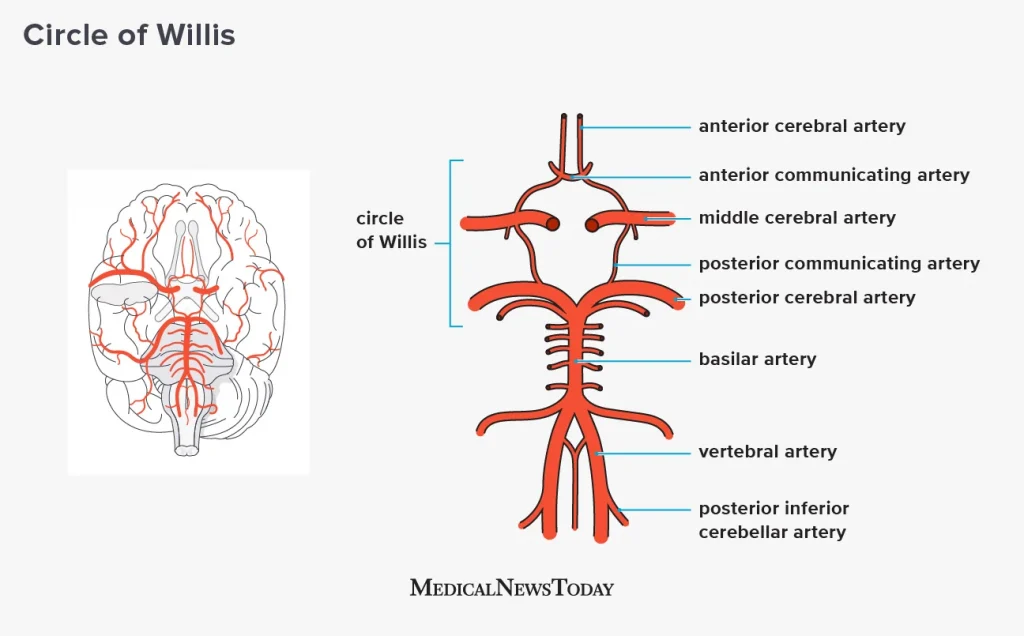
- This circulation supplies oxygenated blood to the brain. To supply blood to the brain, many arteries connect at the bottom of the brain to form a circle-like structure and all these The brain is supplied with oxygenated blood through arteries, hence it is called the Circle of Wills.
- The brain is an important organ, so all these arteries anastomose with each other. So that if the blood supply is interrupted by any one branch, the blood supply to the brain can reach the other part through the other branch.
- In the circle of Wills, the anterior and posterior vertebral arteries from the lower part of the brain transform into the basilar artery when they enter the brain.
- The anterior cerebral artery is located at the front of the brain, the posterior cerebral artery is located at the back of the brain, and the internal carotid artery is located in the middle of the brain. The anterior and posterior communicating arteries are located at the front and back of the brain. All these arteries connect with each other to form a circle-like structure at the bottom of the brain. All these arteries supply oxygenated blood to the brain.
CORONARY CIRCULATION
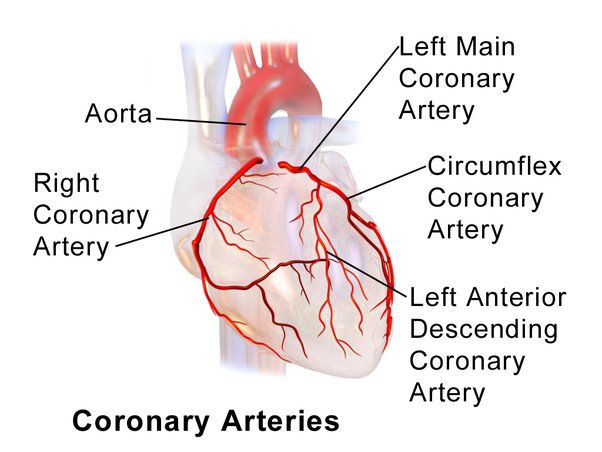
- The aorta, which originates from the left ventricle of the heart, supplies the heart with oxygenated blood. As soon as it emerges from the left ventricle of the heart, one branch, the right and left coronary arteries, branches off from it on either side, which supply the heart with oxygenated blood. These coronary arteries are branches of the ascending aorta.
- The amount of blood the heart pumps out through the aorta during a single contraction About five percent of the blood is supplied to the heart through the coronary arteries.
- These coronary arteries divide into many branches and supply oxygenated blood to all parts of the heart.
- The deoxygenated blood in the heart is collected by small coronary veins and drains deoxygenated blood into the coronary sinus, and all the blood is drained directly into the right atrium of the heart through the coronary sinus.
